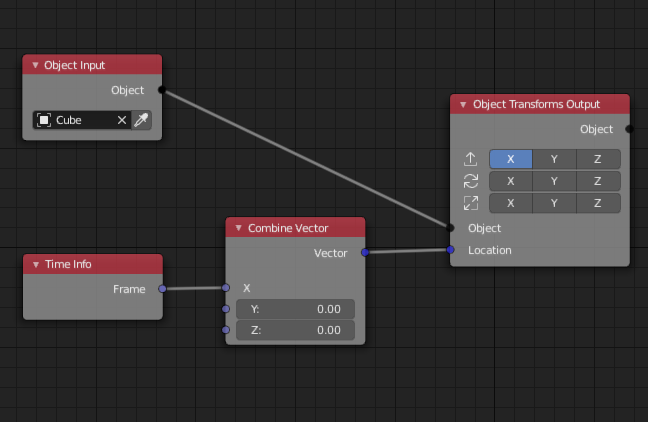

My reasoning was that it might be similar to the old shadow maps in Blender internal, but that's not a very scientific line of reasoning, or an explanation. Physics Physics simulations, particle systems and dynamic paint. Animation Keyframe animation, graph interpolation, drivers, and shape keys. Rigging Overview of armatures, pose mode and constraints. Anyhow, I changed Clip Start to 100 feet, since the nearest object was at 140 feet or so (can't recall). Painting & Sculpting The 3D texture painting and sculpting modes.

4) Merge the above together and add modifiers, materials, etc.

3) Create them based on contour/external contour, probably based on normal facing on external faces of the mesh. I'm guessing the reason mine started out far lower might be a result of importing the camera from After Effects. 2) Create spline/curve/vertex strand on edges based on face angles, similar to Crease. I just now opened Blender on my work machine, and I see that the camera defaults to a Clip Start of. Like I said, that didn't really change anything for me. Update: In reply to Ben's inquiry, while I don't have the scene in front of me right now for exact numeric values, I lowered the Clip End to a little beyond the farthest object. My scene had objects from a little over 100 feet from the camera to 7 miles back, so the default (?) setting of just over zero for Clip Start apparently caused a lot of flickering on the distant objects. I then changed camera Clip Start, and the flickering completely disappeared. I changed camera Clip End first, but the flickering remained the same. A slight modification of Laurent Roro's solution worked for me.


 0 kommentar(er)
0 kommentar(er)
